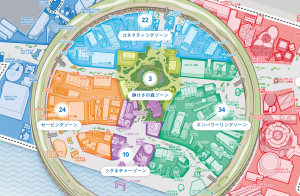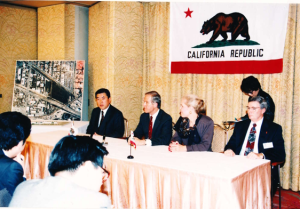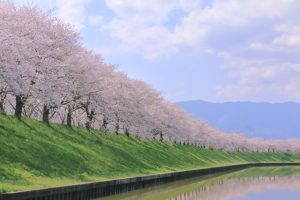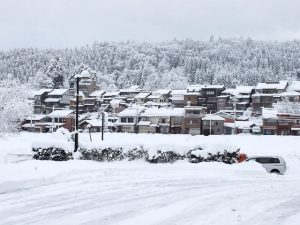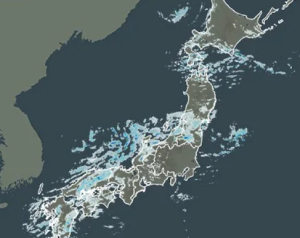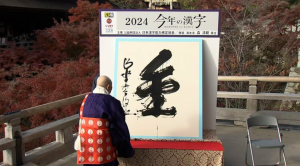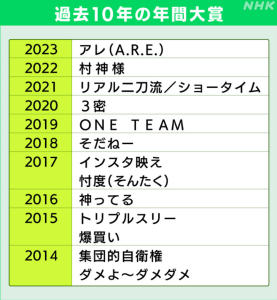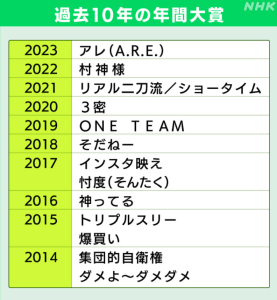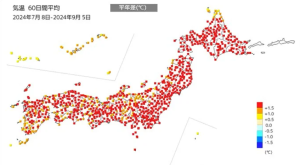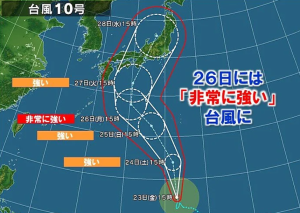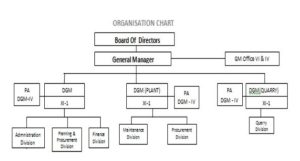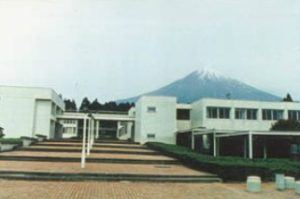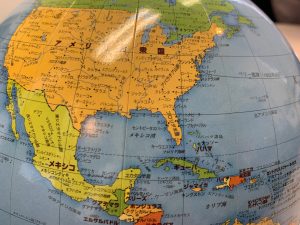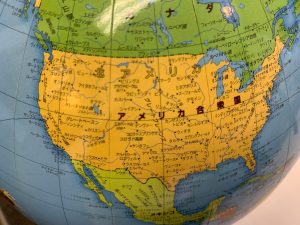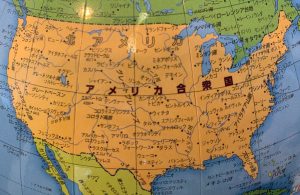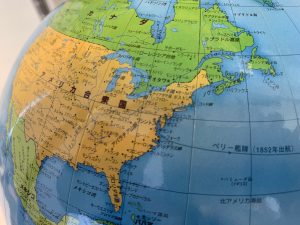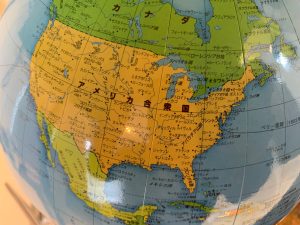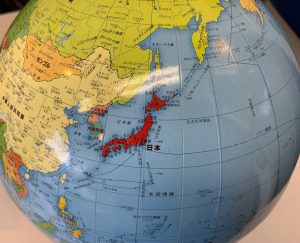Re: A news item and subject which I just want to check out (128) March 15, 2024
I went to Tokyo for two days, on Tuesday and Wednesday this week. I stayed in Yokohama on Tuesday and took dinner at China Town in Yokohama. It is said that China Town in Yokohama is about ten times more than China Town in Kobe, Nankinmachi, which is also one of the famous places in Japan. Once I step in that place, I feel like visiting Hong Kong. Usually, there is a bustling crowd with many tourists, but the figures were thin just because it was unfortunately pouring rain on that day.
For your information, I have had a meal at China Town in Hong Kong, Taiwan, Singapore, San Francisco and Los Angeles other than main land China. In terms of taste evaluation, I think Hong Kong is the best. I don’t know what the actual situation is, because political system in Hong Kong has changed now, but previously, high-value good ingredients such as fruits and sea foods gathered in Hong Kong the same as Tokyo and Osaka in Japan.
By the way, a lot of those of Chinese origin, that are overseas Chinese and Chinese, are living around the world. “Overseas Chinese” are defined as “Chinese nationals who maintain their Chinese citizenship while reside abroad and their descendants” and “Chinese” are defined as “Chinese people who reside overseas and hold the nationality of their country of residence”. It is said that the population of overseas Chinese and Chinese other than main land China is about 50 million, 27 million in Taiwan, Hong Kong and Macau and 23 million in other countries. It is said that 0.9 million live in Japan and more than 5 million live in the United States. Even now, it seems that there are a lot of Chinese who are aiming for the United States including illegal migration in order to seek their education and jobs.
When I worked at the United States and went on a business trip to rural areas, I wanted to eat other than steak once in a whole and opened yellow pages, there were no Japanese restaurants unlike now. But there were Chinese restaurants in most towns. But when I ordered “spring roll” from the menu and saw what was served, I felt several times “no, that is not the one!”.
■■What I have recently thought and focused on :
■Lifting the ban of job hunting of university students:
Job hunting of university students who will graduate in March 2025 has opened on March 1. The jobs-to-applicants ratio of high school students as of the end of July last year was 3.52, record high and was beyond the bubble period called “unprecedented seller’s market”. The jobs-to-applicants ratio of university students is 1.71 increased for two consecutive years, and it has recovered to pre-pandemic levels. Due to such severe labor shortage, in order to secure new graduates, many companies in the industry have significantly increased starting salaries and are thinking out recruitment strategies using every possible means. But according to a survey of the Ministry of Health, Labor and Welfare, about 36 % of hot-won talent of high school graduates and about 32 % of hot-won talent of university graduates leave their jobs within three years.
By the way, according to a survey of “Gakujo” which is an employment information company, among fourth-year university students who will join the company in April, the percentage of those who want to “work until retirement” is only 30 %. The survey was done on November the year before last and 396 people answered the survey. To the question “how many years do you want to work for the company you joined?”, “until retirement” was 31.6 %, the highest. And “more than 5 years and less than 10 years” was 25 %. The sum of “less than 10 years” was 53.2 %. It analyzes that “students who learn a trade in the 20’s and want to increase their career options are increasing”. How to secure and retain young employees will be a big subject in the future.
On the other hand, “the guarantee of lifetime employment” or membership-type employment which has been rooted in Japan for a long time after the war is slowly crumbling due to measures against the declining birthrate and aging population and necessity of activation and improvement of productivity of an organization, and I think that shift to “function-type” or job-type employment will advance further. Along with this, I think that hiring policy of companies will also shift from a strong preference for new graduates, especially in large companies, to mid-career recruitment where applicants leverage the career experience that they have gained since entering the workforce as an immediate asset.
President Niinami of Suntory Holdings Limited, current Secretary General of the Japan Association of Corporate Executives, recited “40 years old mandatory retirement age” and aroused criticism before. I also changed my job at 40 years old. However, leaving aside “40 years old”, I think that company person may set “his retirement age at 50” on his own and rethink “the way he lives in the future”. The reasons are as follows. ①a turning point of the 100-year time period ②more than 20 years corporate life and the season when you can see where you stand and the future in the company in your own way ③depending on how you think and how you decide, it is possible to start again toward self-realization including changing career ④child-rearing is almost complete and it is an age when you think both caring for your aging parents and your life after retirement.
Based on the above perspectives, what is required is as follows. ①companies revive early retirement plans to ensure early retirement does not disadvantage employees ②the country goes ahead with reskilling and expansion of the job market, and facilitates the movement of labor between industries or mobility, and links up with development of human resources and improvement of productivity ④we should aim for raising a ratio of income increase by changing career which stays one-third of the whole now to at least more than two-thirds.
■Utilizing foreigners as drivers:
Japanese government firmly established a policy to expand the limit on acceptance quota for foreign workers residing based on the qualification of “specific skills” from the current 345,000 for 5 years from 2019 to 2024 to over 800,000 for 5 years from 2024 to 2029. This system has started since 2019, and if a foreigner has a certain specialization or skill and passes the Japanese exam, N4, residency for 5 years is granted as skilled worker 1. Based on this qualification, about 200,000 foreigners are residing as of the end of November 2023. If skilled worker 1 meets the conditions further, he can obtain “skilled worker 2” where there are no restrictions on renewing entitlements and family members can be brought with him. At the same time as expansion of the limit on acceptance quota, it is said that 4 occupations “motor truck transportation business operator, railway, forestry and wood industry” will add to the current 12 fields. As a background for adding motor truck transportation business operator, there is driver shortage by “2024 problem”. However, in case of trucking, in order to ensure “safe, secured and stable” transportation, in addition to driving skills, understanding complicated road conditions and traffic regulations in Japan and communication ability to respond flexibly to instructions from the shipper are necessary. And his wages are on par with Japanese, and if working conditions, especially wages, are poor, it is natural for the retention rate to decrease, because if it is within the same industry, moving to another company is allowed. Therefore, the utilization of foreign drivers in practice seems to be quite distant.




